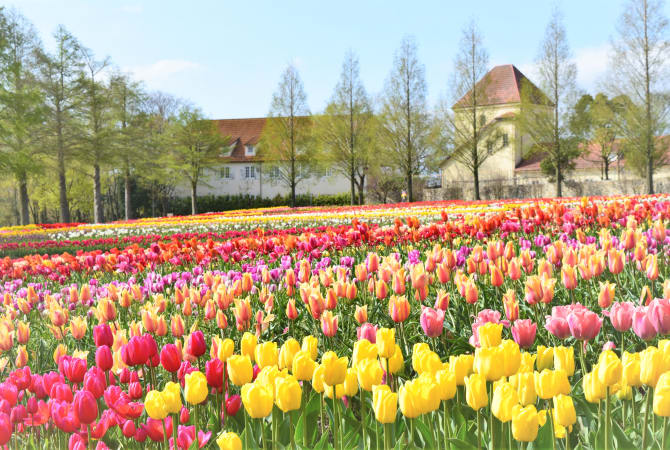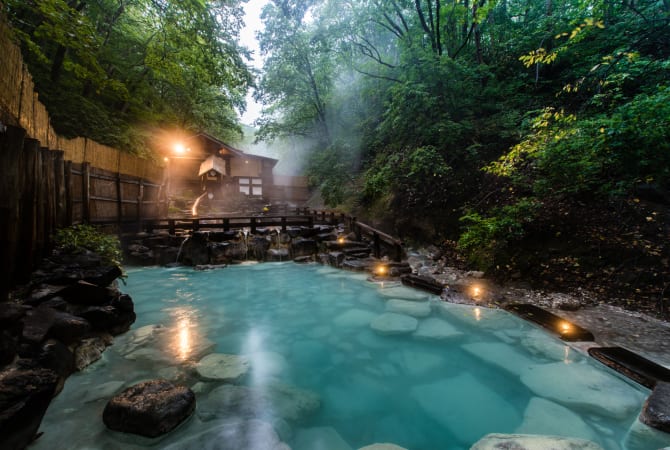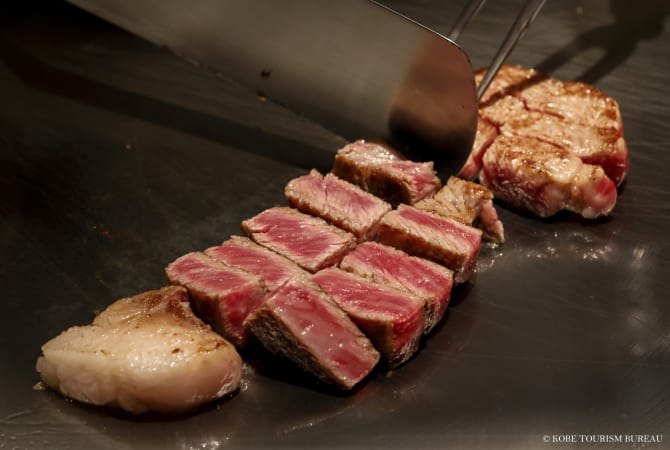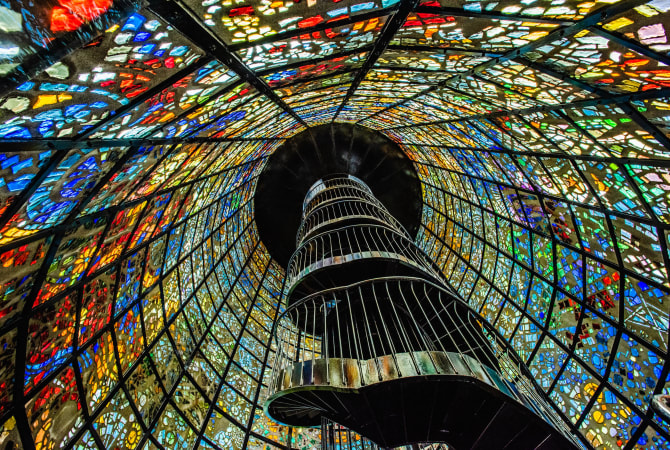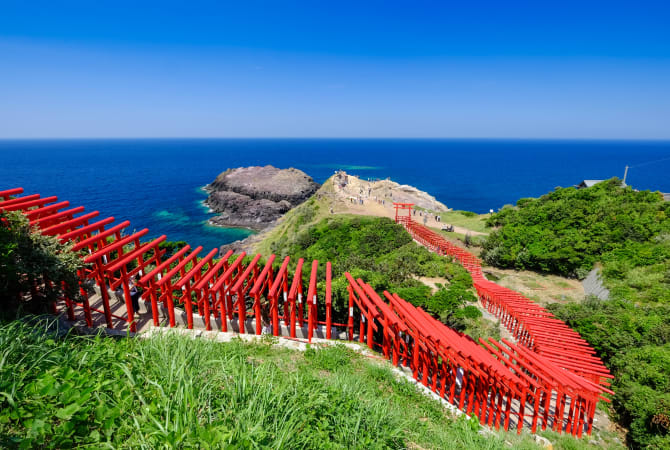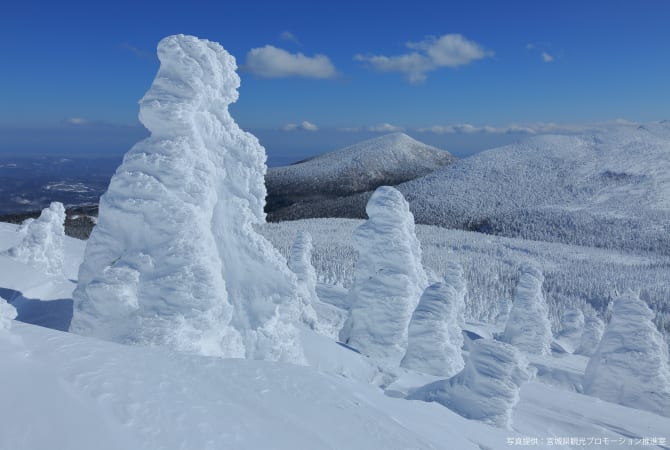Must-See Autumn Foliage Spots in Japan
As Japan is filled with exquisite gardens and scenic spots, many tourists who visit hope to experience the autumn season in the country. If you are one of them, then you should definitely consider visiting these must-see autumn foliage destinations on your next trip to the Land of the Rising Sun.
1. Goshikinuma (Fukushima)
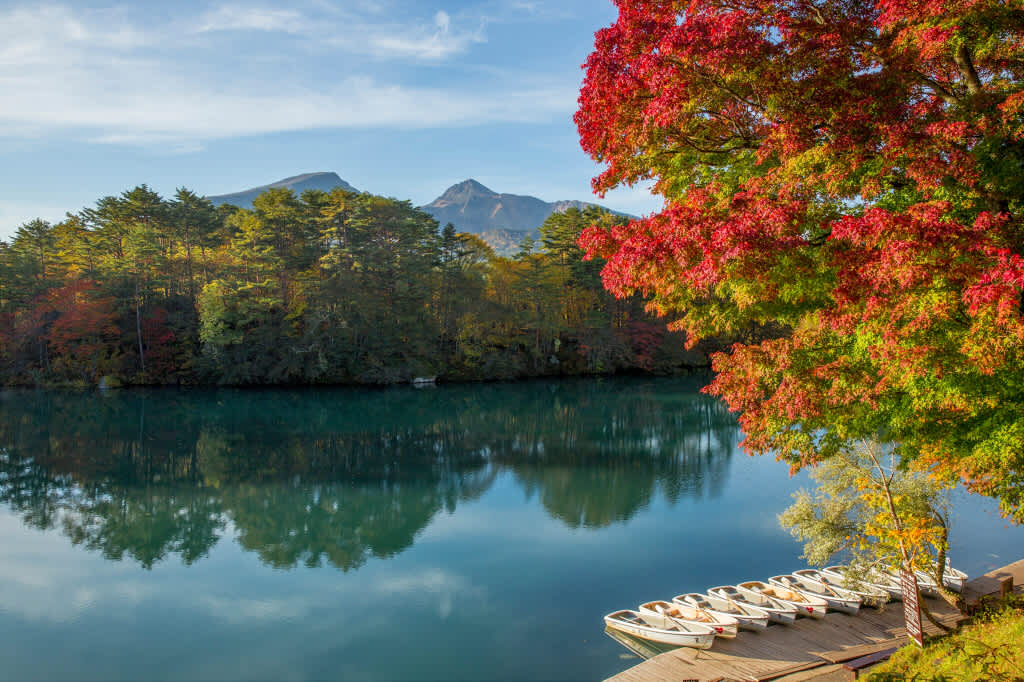
Do you want to enjoy autumn in a place where there is a “mysterious lake” with different hues of greens and blues? Then you should not miss out on visiting Goshikinuma in Japan.
Goshikinuma, which translates to “five colored ponds,” is a group of lakes and ponds that show different shades of greens and blues depending on the weather, the season, and even the onlooker's point of view.
Located in Bandai-Asahi National Park in Fukushima Prefecture, many tourists come to Goshikinuma to hike and enjoy the autumn leaves. Some tourists rent rowboats to enjoy the lakes. It was so popular that it earned a Michelin Green Guide Star in 2016.
Don't miss the visitor centers where they sell souvenir items, snacks, and the signature Goshikinuma soft-serve ice cream!
2. Showa Kinen Park (Tokyo)
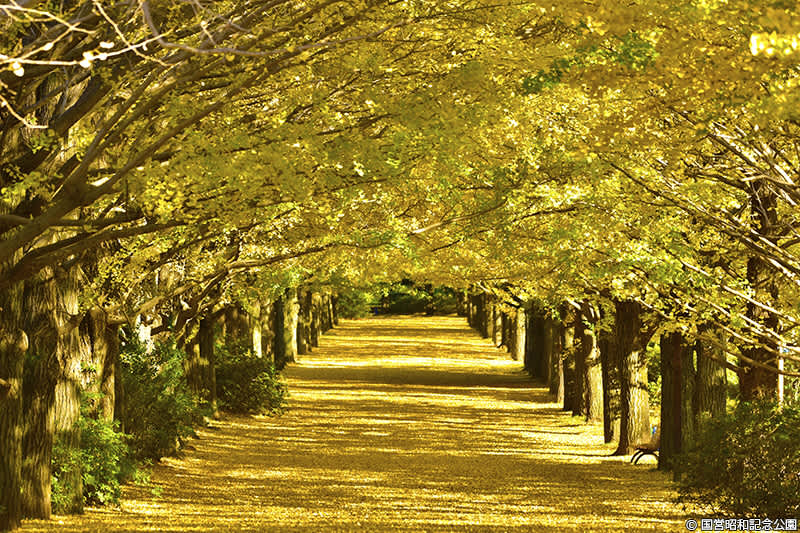
Visiting Tokyo and looking for a nearby park to enjoy the autumn season? Then you should head over to Showa Kinen Park in Tachikawa City, which is only 30 minutes away from central Tokyo by train.
With a land area of more than 180 hectares, there is a variety of activities to try at Showa Kinen Park.
To know more about the area, visitors usually stop by the Green Cultural Zone first to check out helpful guides to navigate the expansive park. Bikes are also available for rent for easier transportation, and you can bring your fur buddies for a dog run.
With the park’s luscious greeneries and colorful flowers, it is no surprise that it becomes a famous tourist spot during the autumn season. Additionally, from mid-September to early November, the annual Cosmos Flower Festival is held, where tourists can enjoy cosmos flowers in full bloom.
3. Nara Park (Nara)
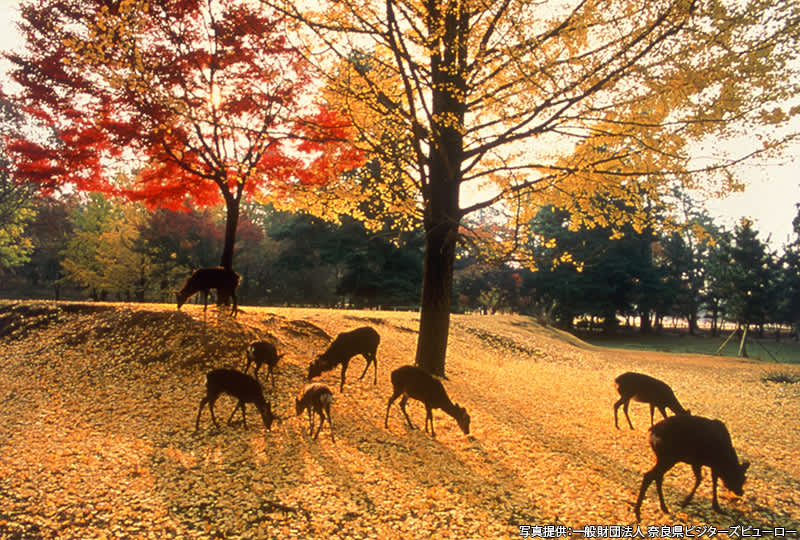
Nara Park in Nara City is not only a famous autumn destination but is also home to a charming herd of deer—more than a thousand of them freely roaming around! Here, visitors can feed the said animals with deer crackers. Isn’t that an adorable way to spend an autumn afternoon?
Moreover, Nara Park also houses different temples and museums like Todaiji Temple, the Kasuga Taisha Shrine, the Kofukuji National Treasure Hall, and the Nara National Museum, which will surely give you a glimpse of the city’s rich culture and history. There are also traditional teahouses to visit if you are interested.
With the park’s exquisite views, this place has become a popular spot for photographers.
4. Kiyomizu-dera Temple (Kyoto)
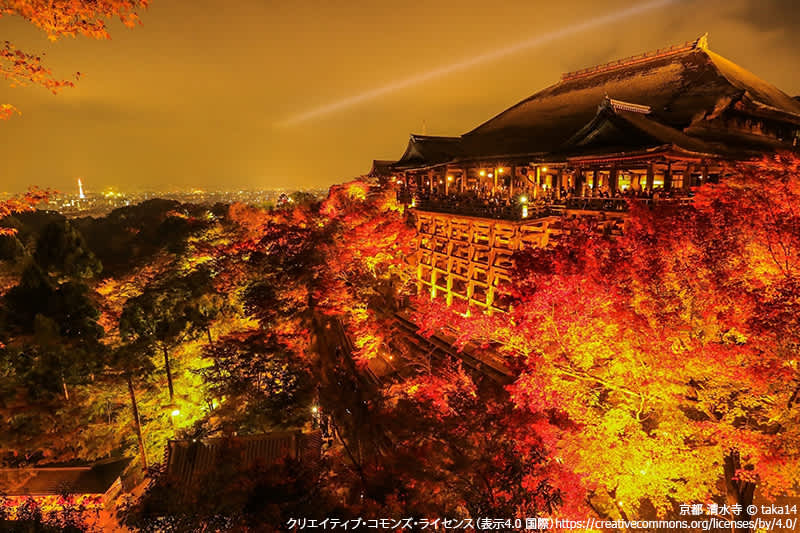
Would you like to spend an autumn day at a historic UNESCO World Heritage Site? If so, you should definitely visit Kiyomizu-dera Temple in the Higashiyama area of Kyoto City.
Kiyomizu-dera Temple was established as early as 778 A.D. and is one of the oldest temples in Kyoto. It is especially known for its elevated wooden stage that offers a grand view of the temple complex.
Kiyomizu-dera roughly means "pure water temple" in Japanese. True to its name, there are small waterfalls in the area, and legend has it that drinking the water from these waterfalls will bring the drinker either longevity, success, or romance.
5. Ritsurin Garden (Kagawa)
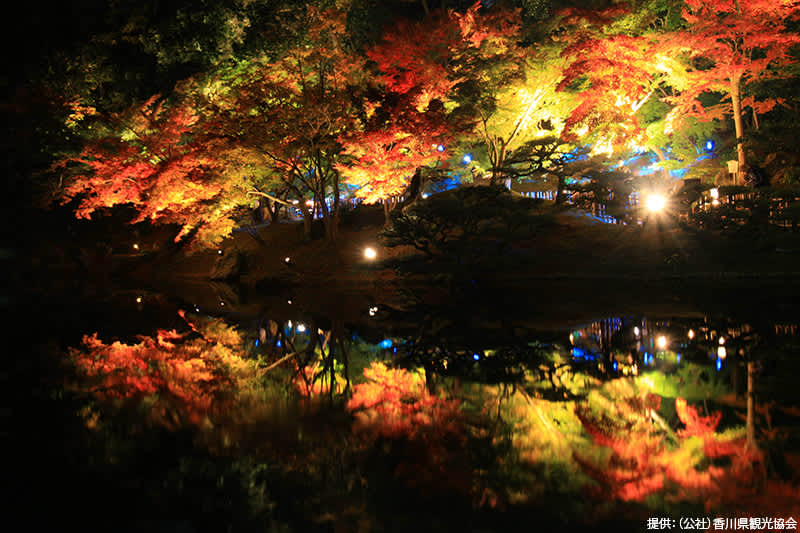
A top autumn foliage spot in Kagawa Prefecture, Ritsurin Garden is famous for its autumn illumination event usually held on the evenings of November and December.
During this period, visitors can go on a leisurely walk around the scenic garden, which is beautifully illuminated at night. Meanwhile, others opt to ride traditional Japanese-style boats (“wasen”) where a boatman takes them around the peaceful ponds.
Apart from sightseeing, tourists can also try local dishes at the restaurants inside the garden. There is also a teahouse, which is said to have been built in 1640. And for those who would like to know more about the culture of the area, a stop at Sanuki Folk Craft Museum is a must.















































